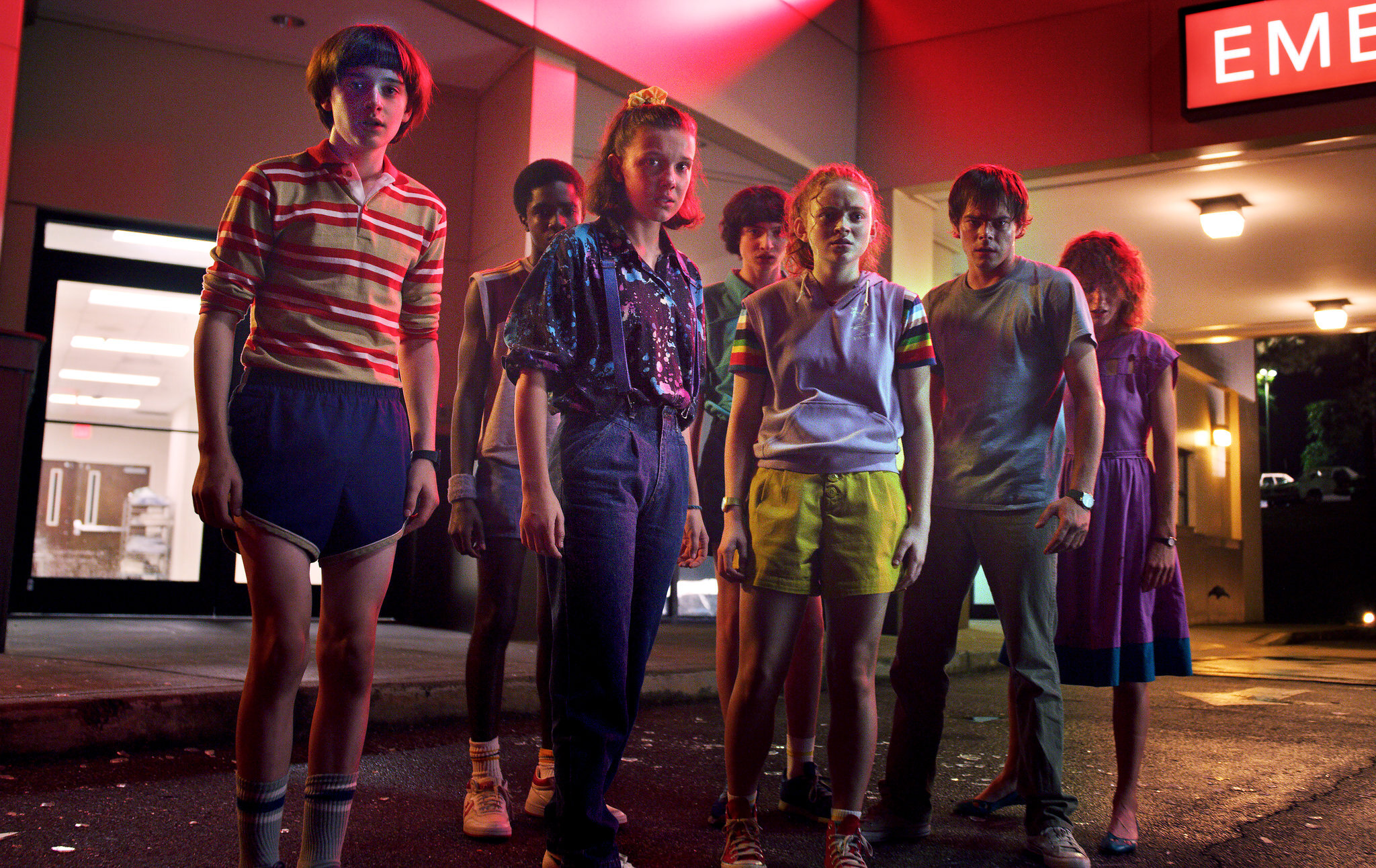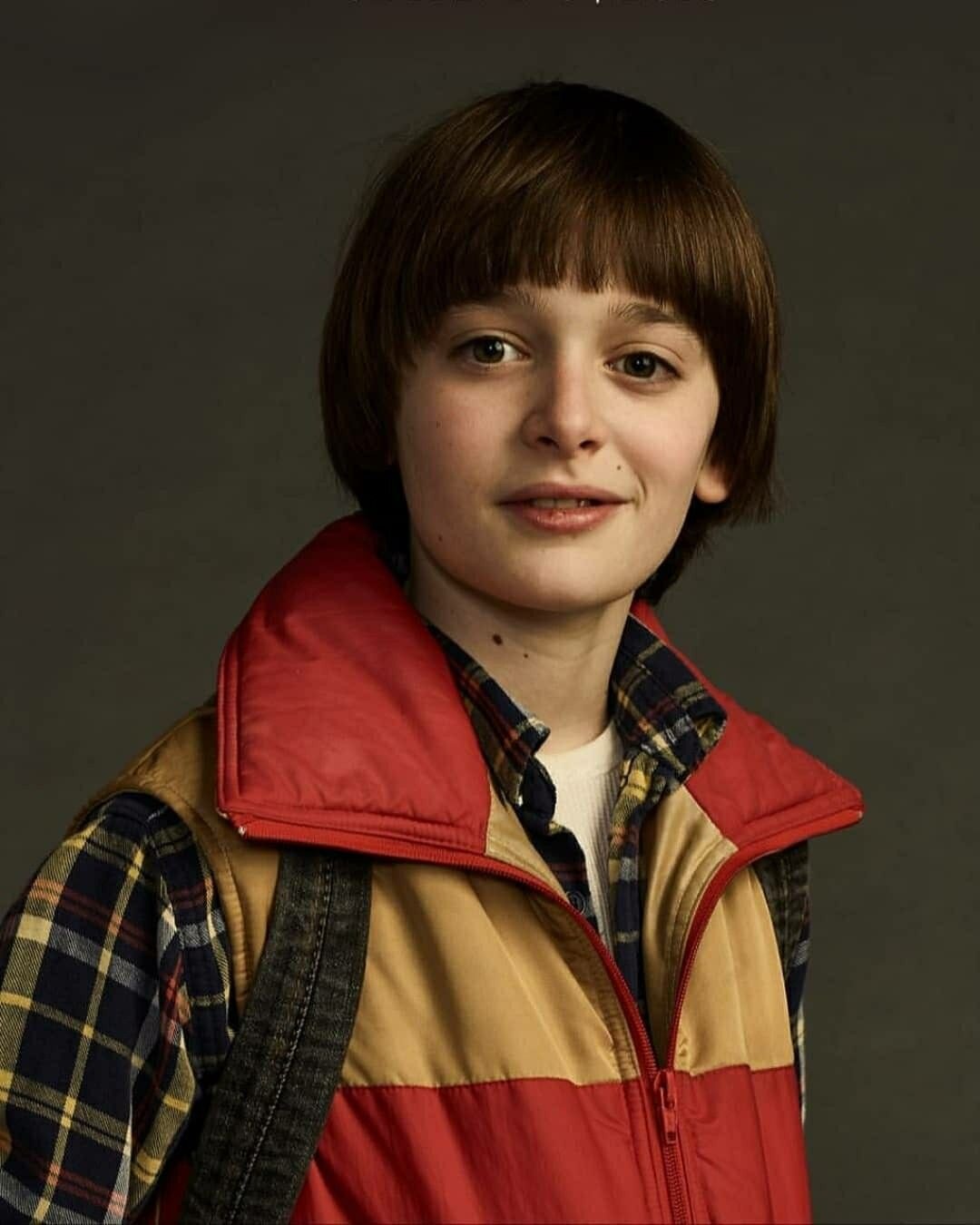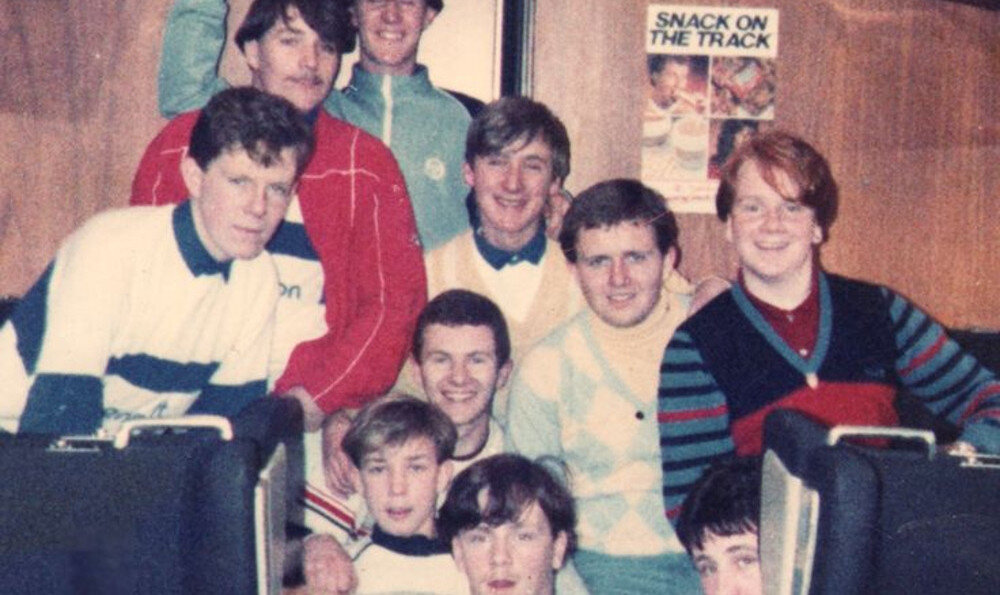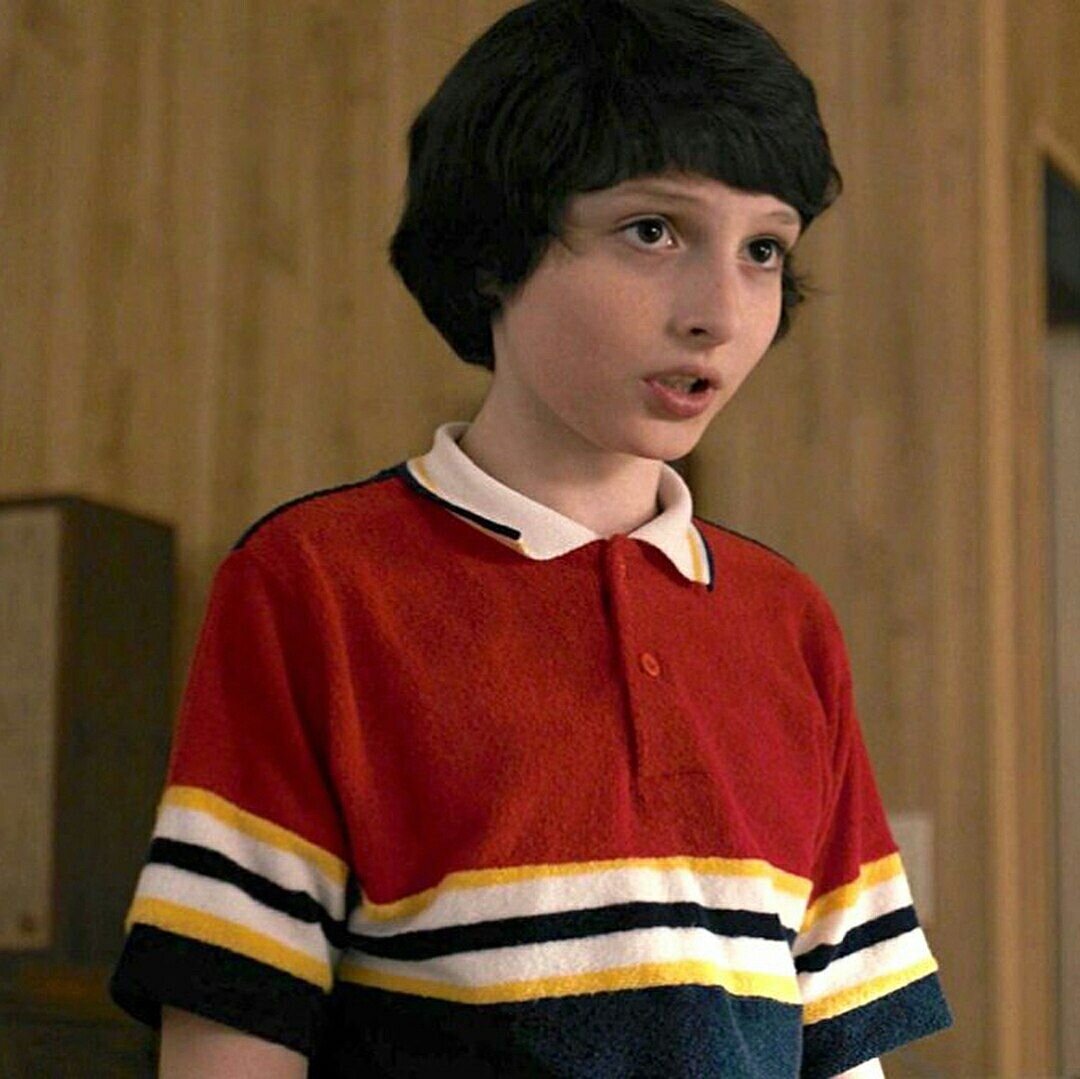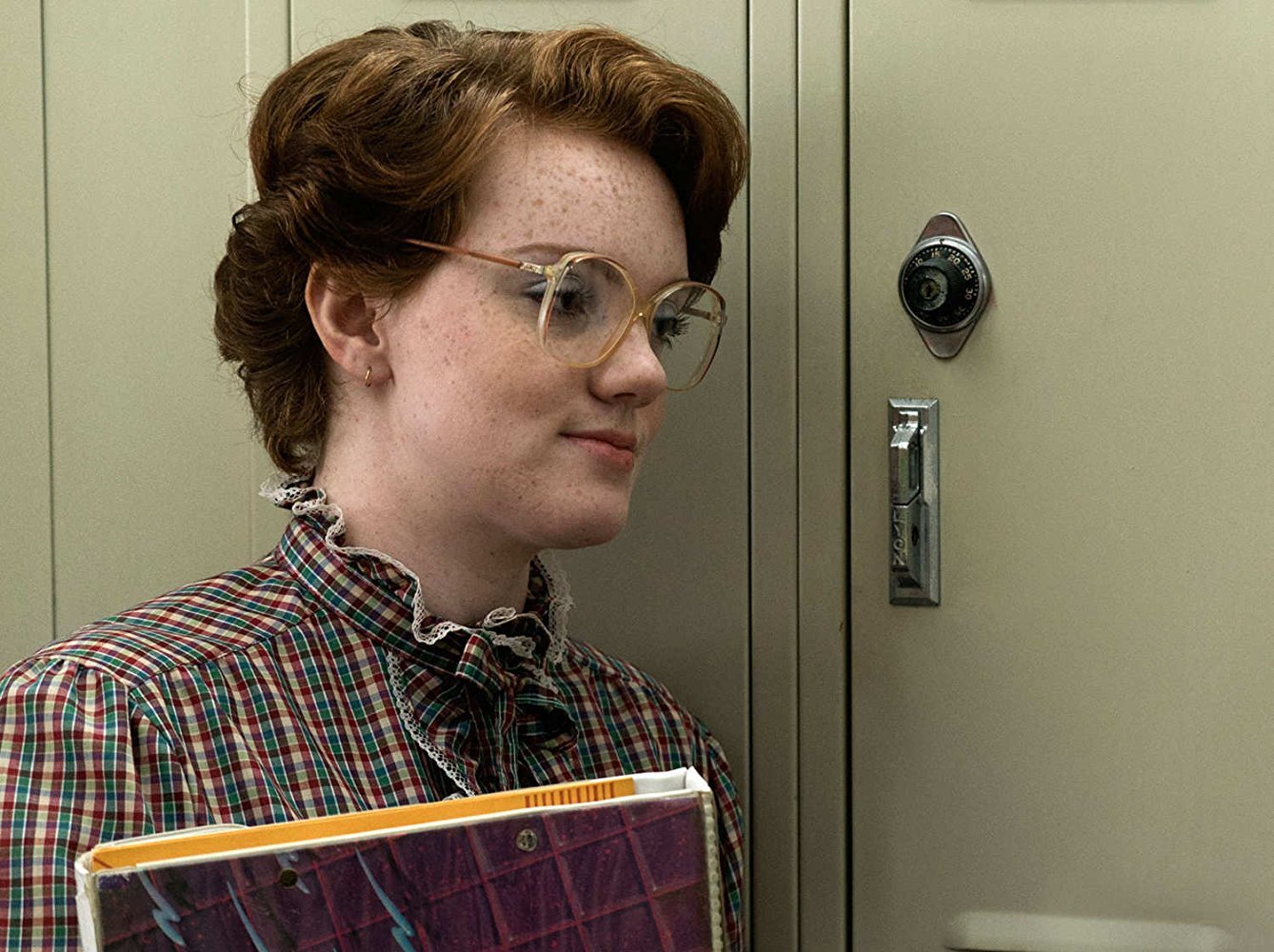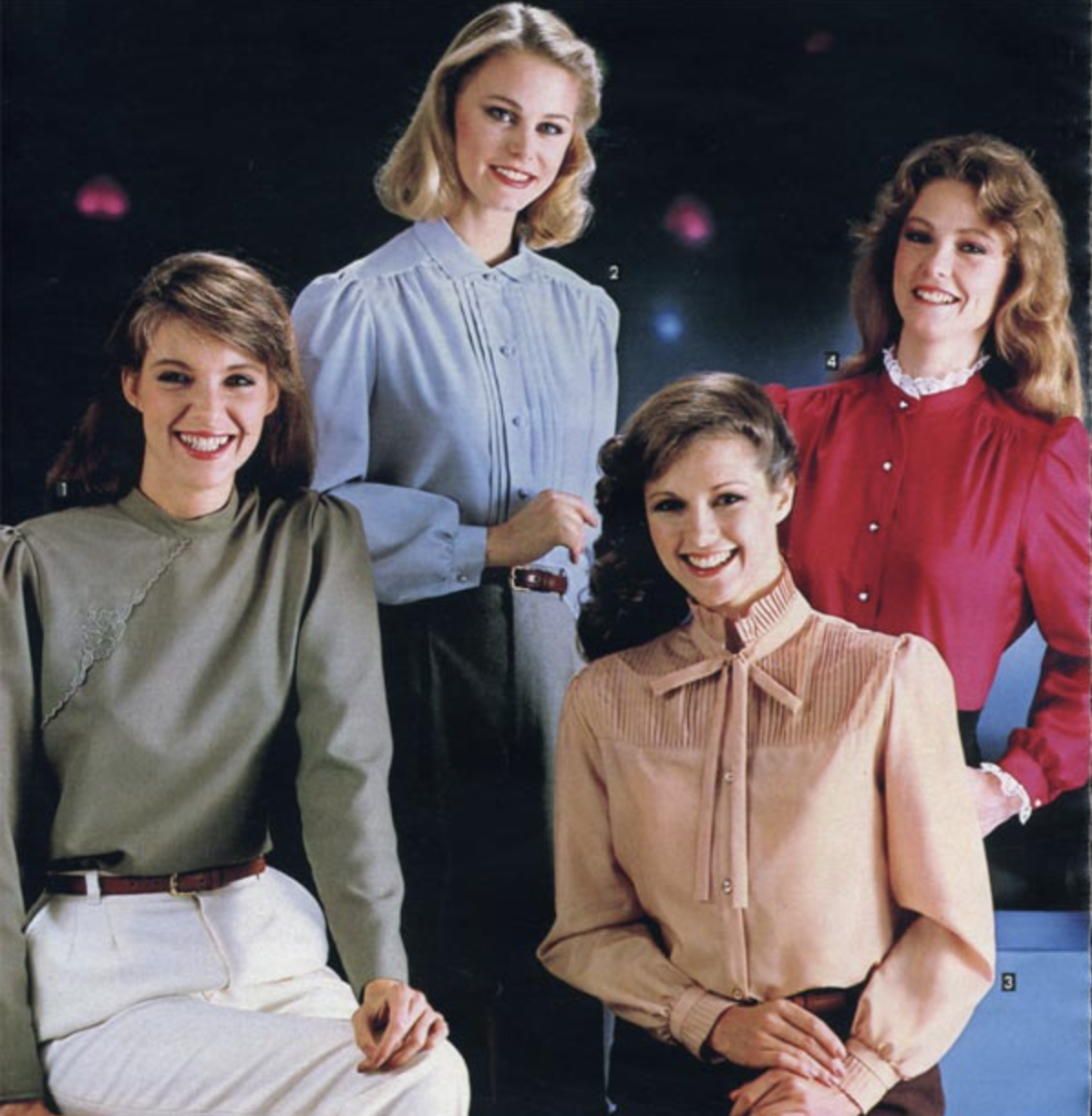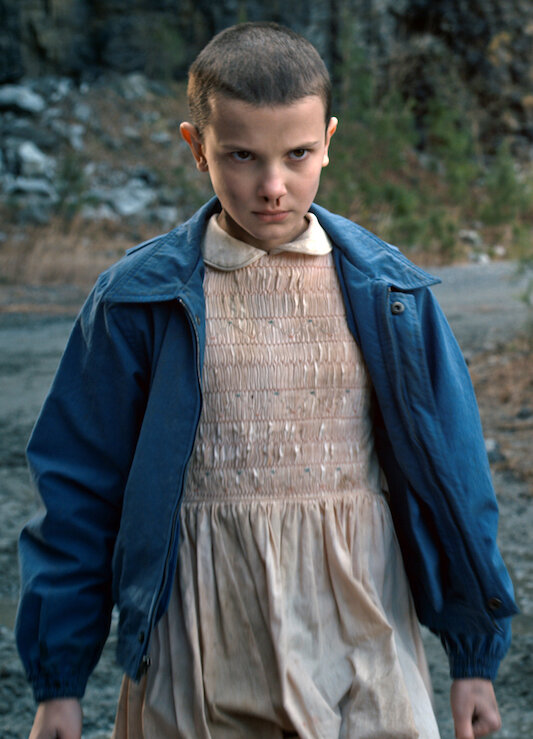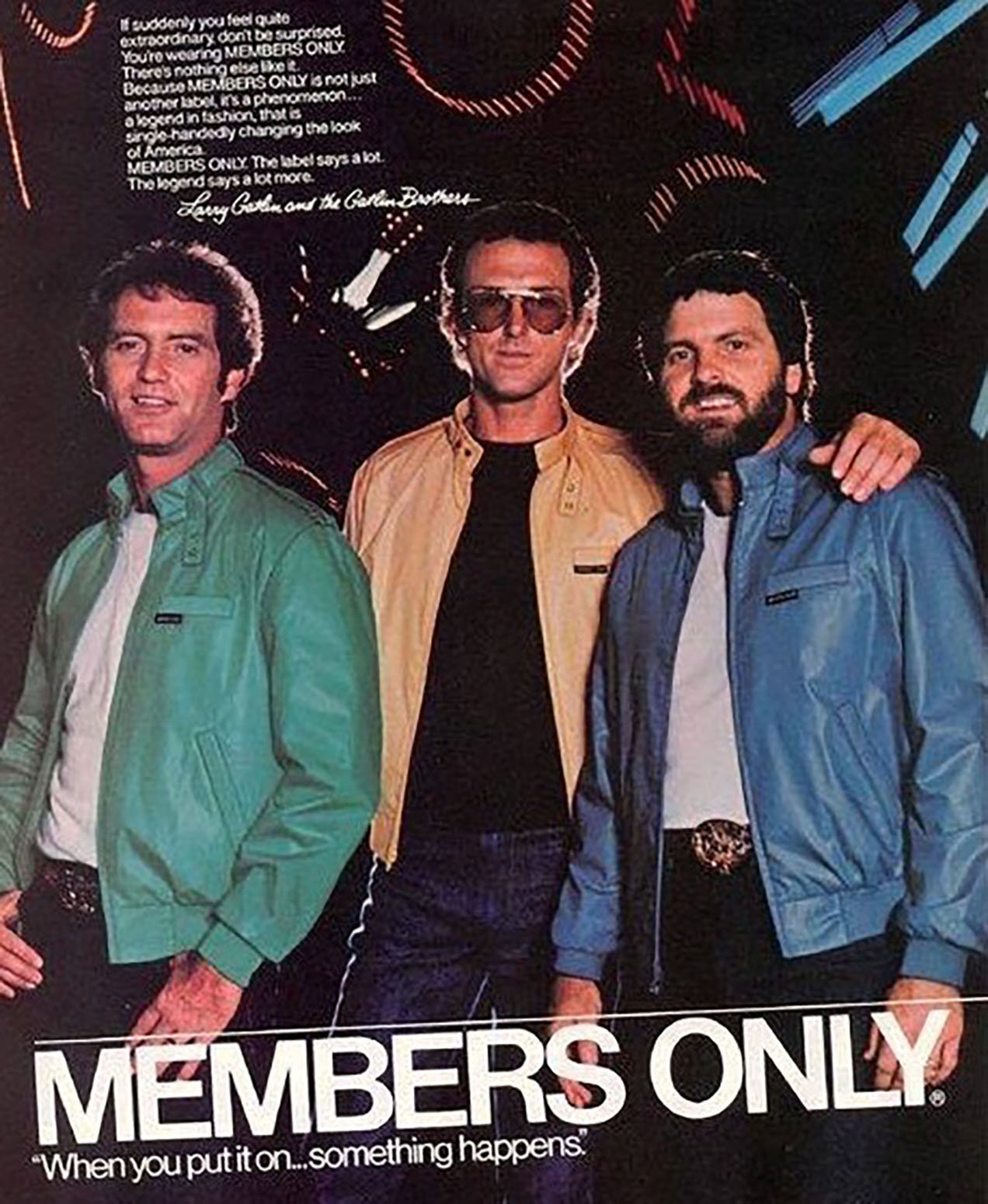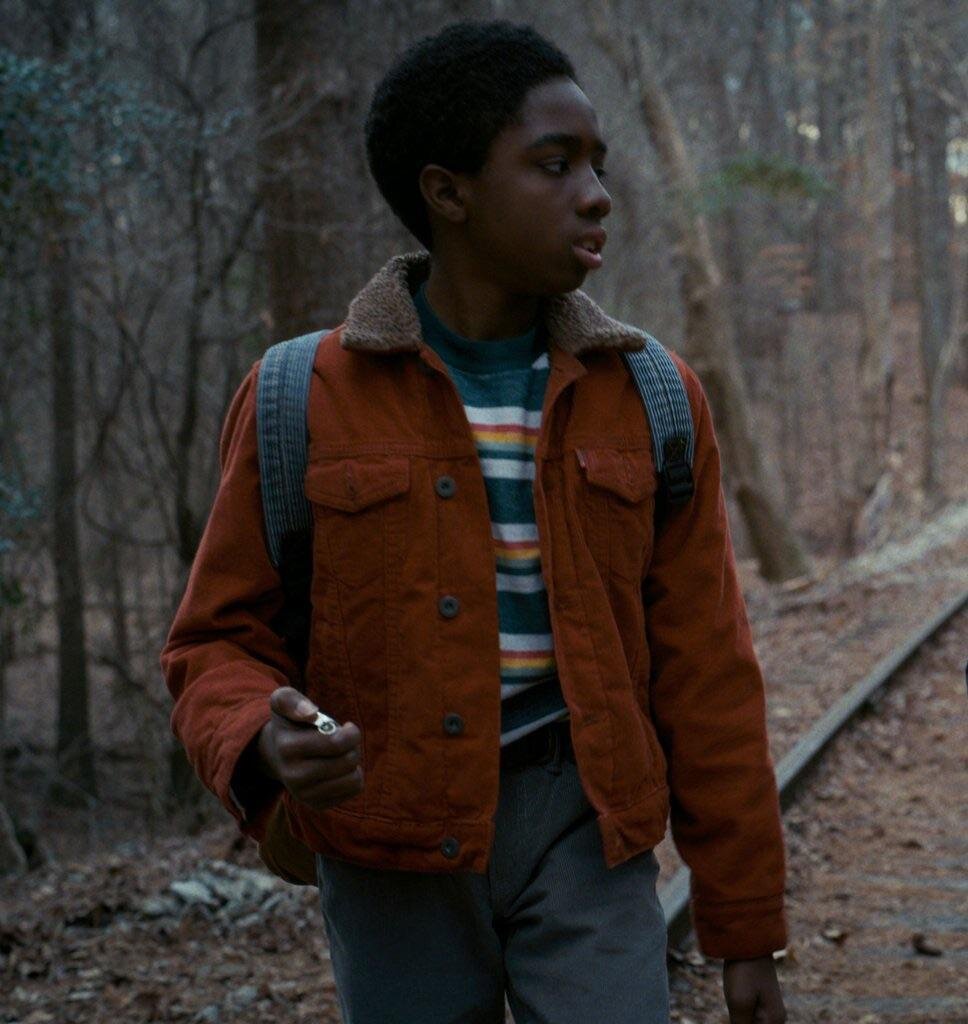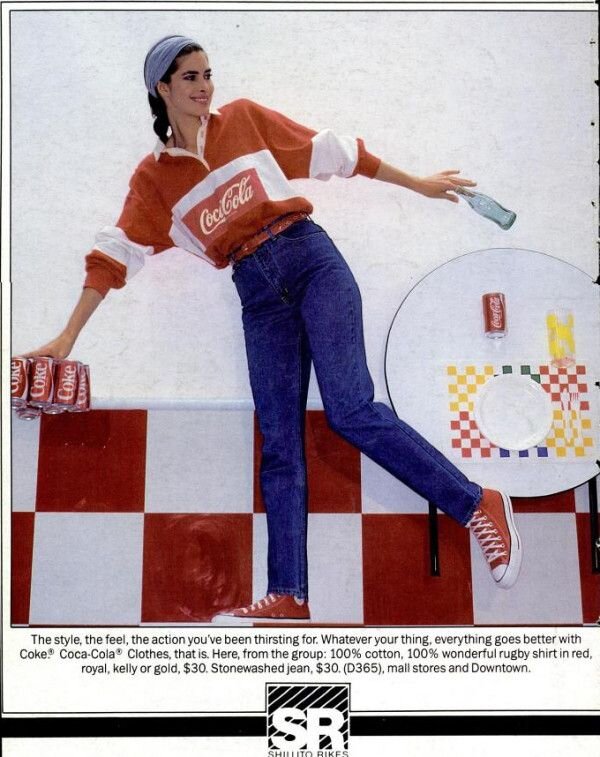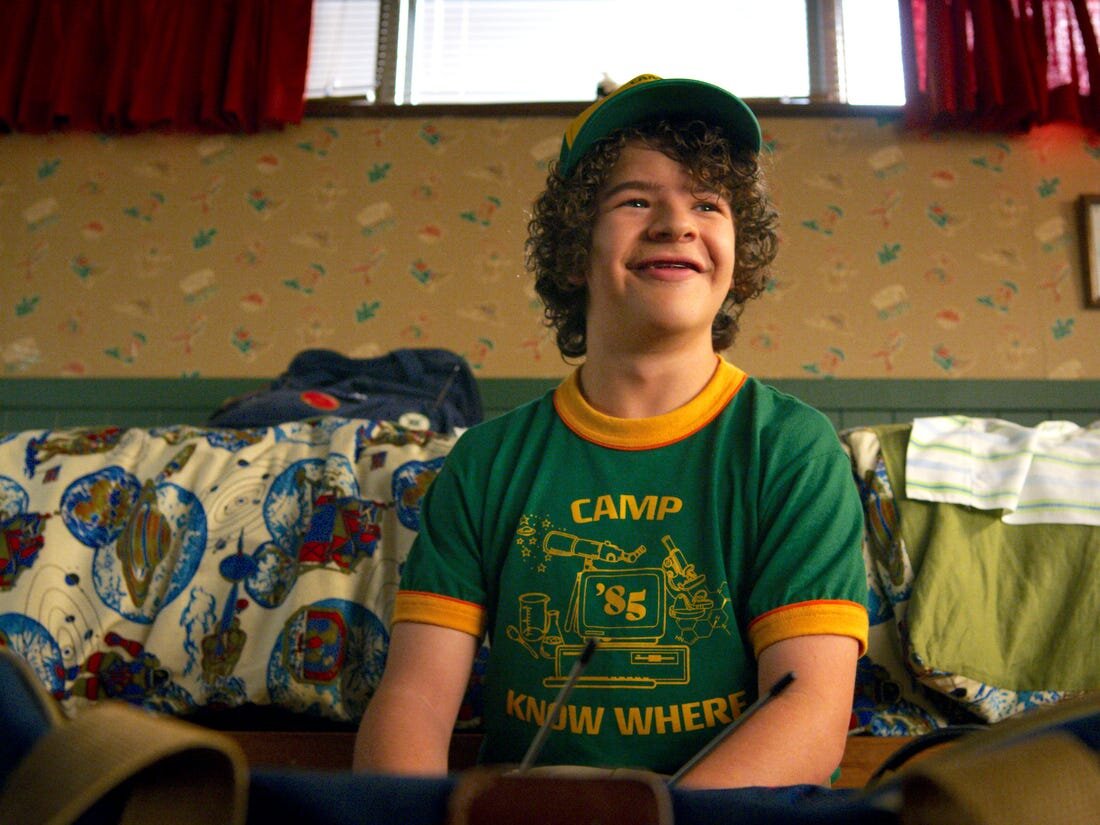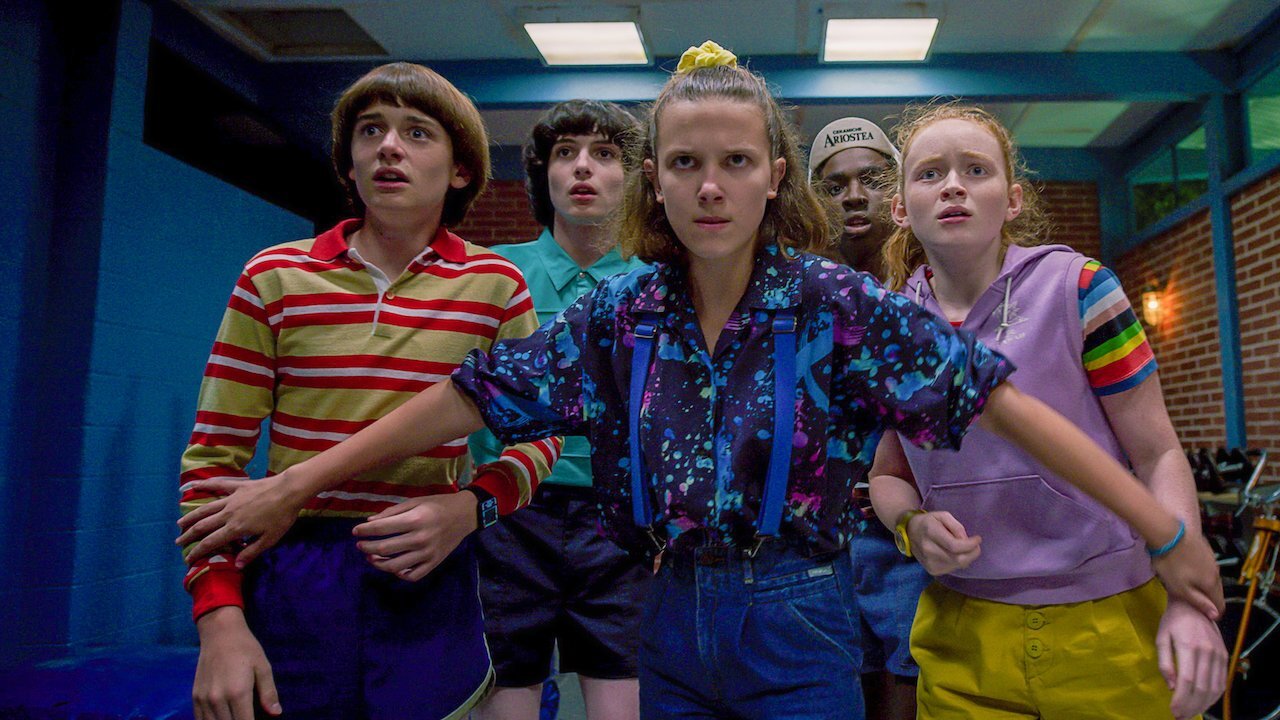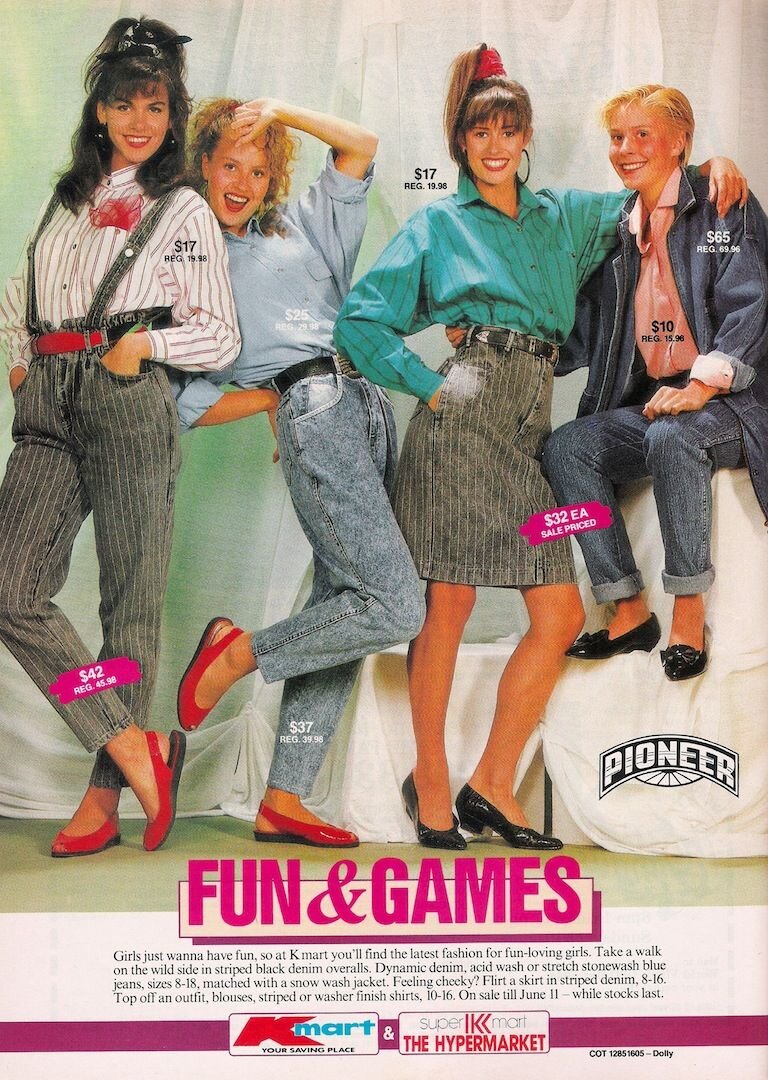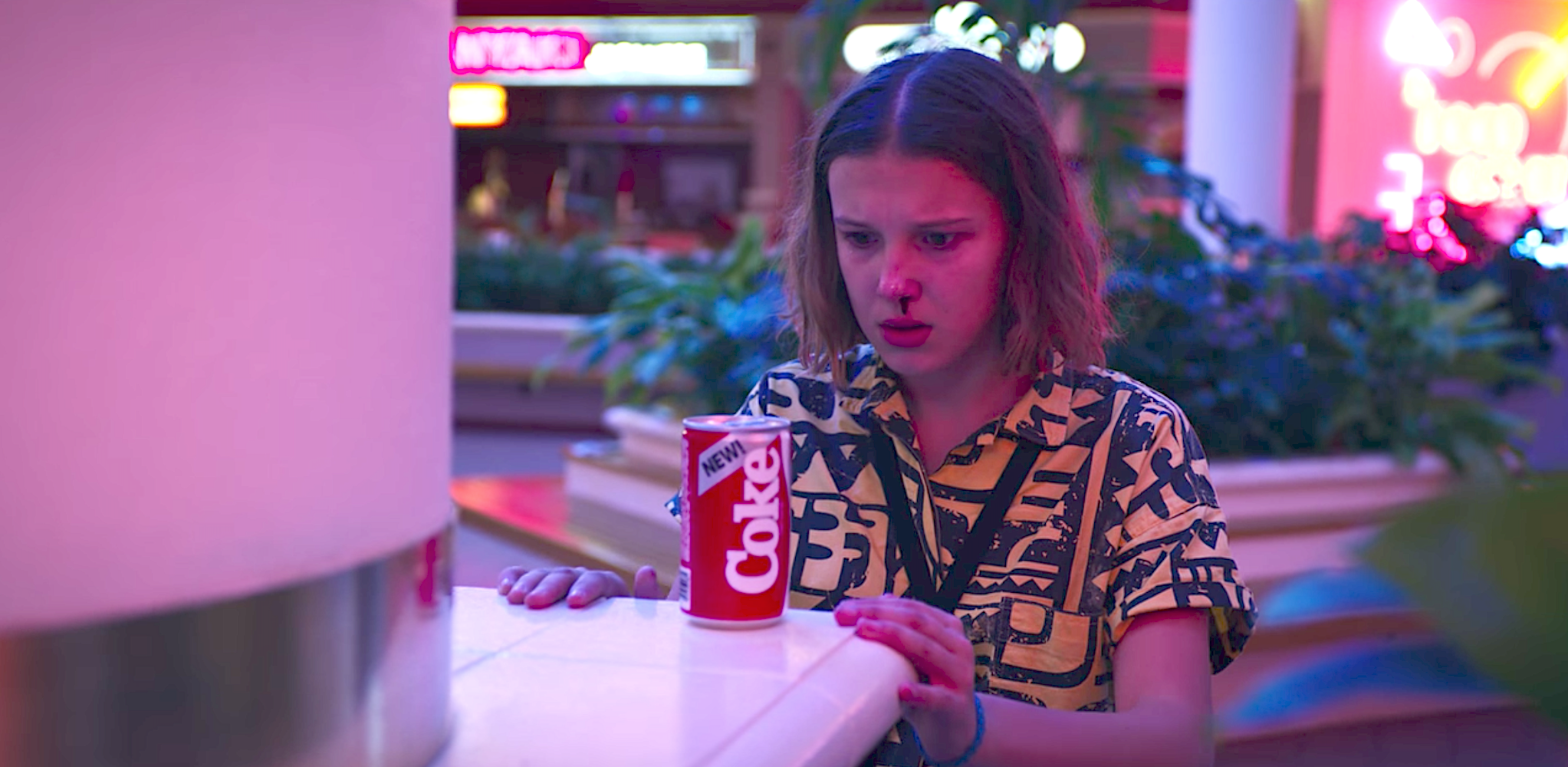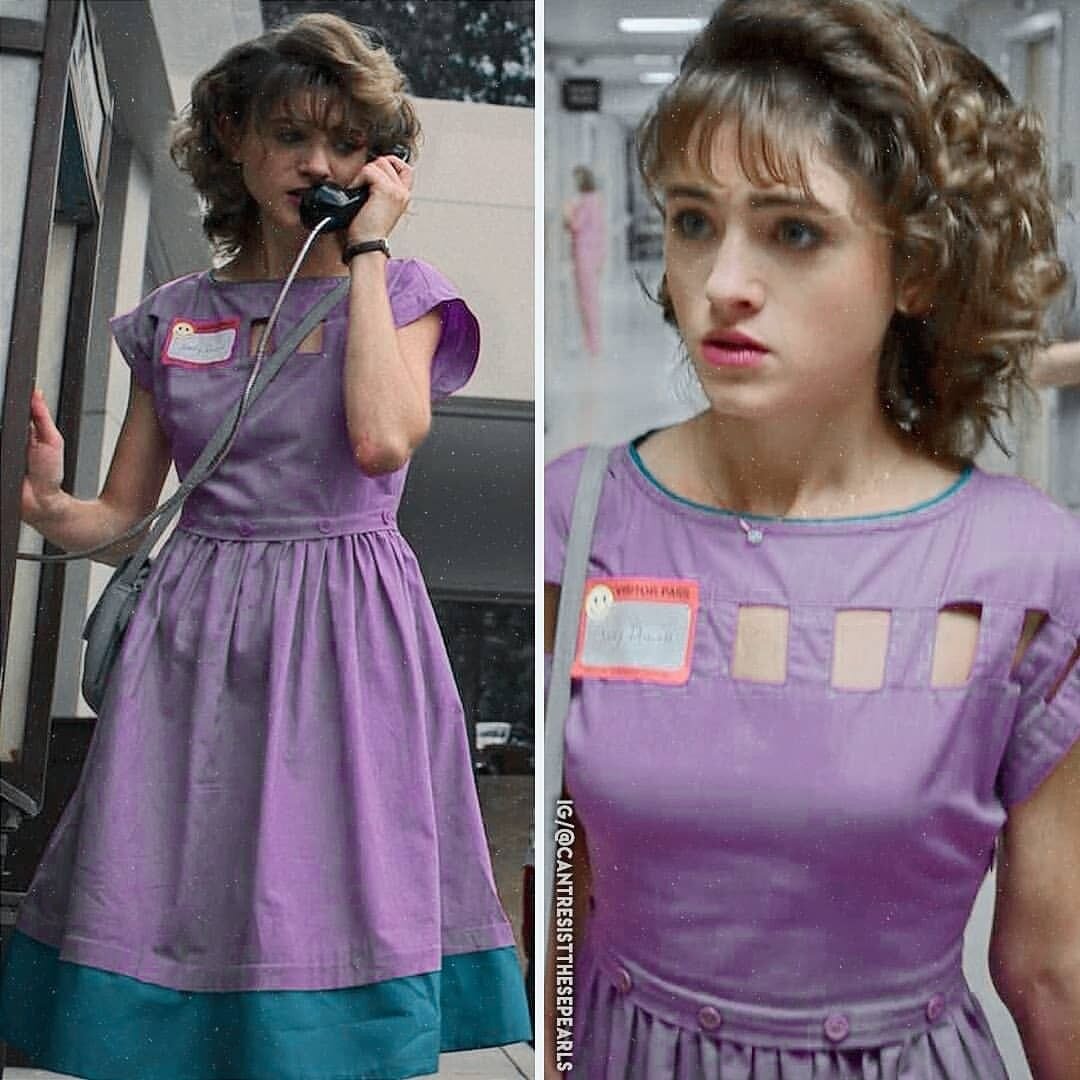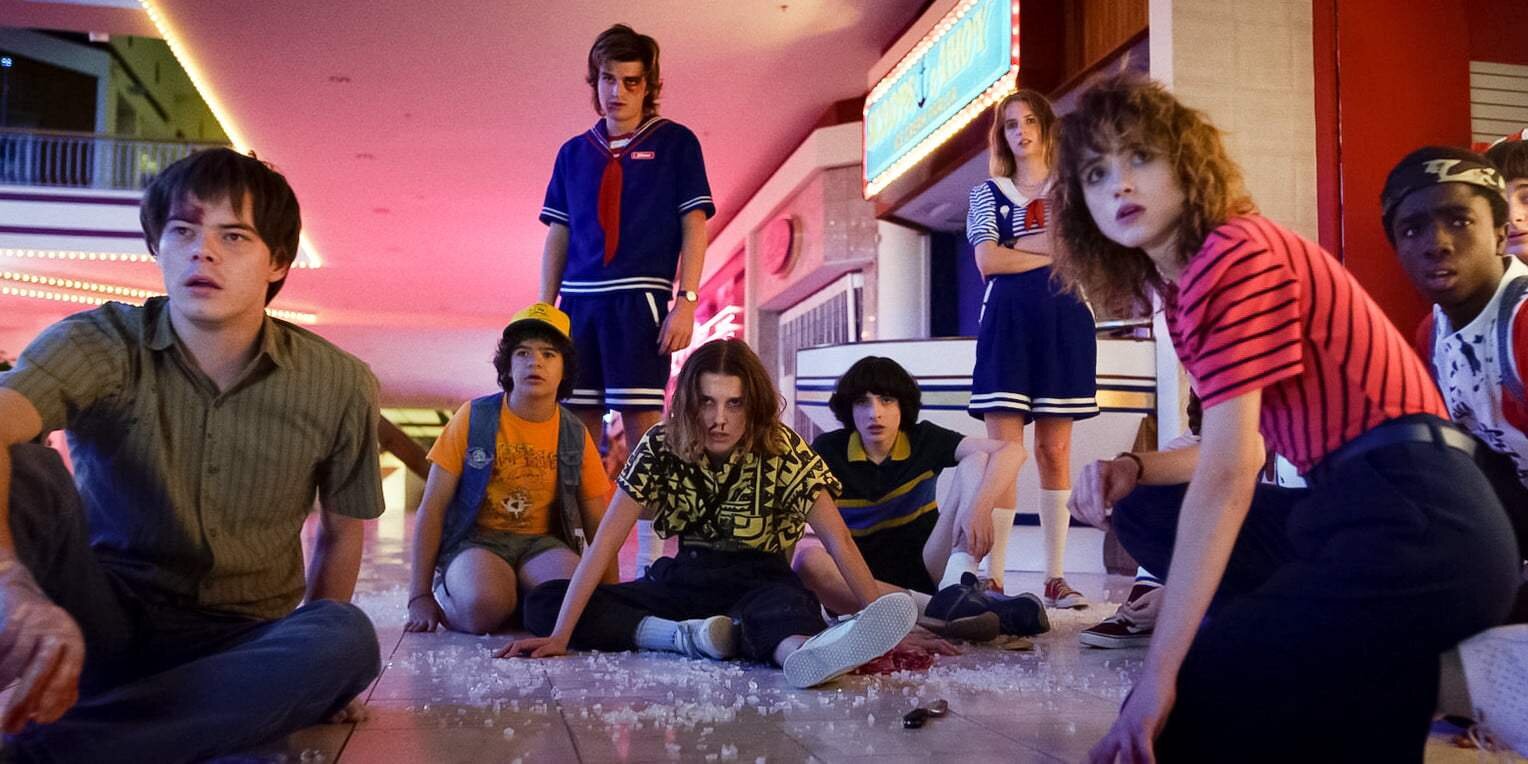The Fashion of Stranger Things - Fact Check
By Hannah Schmidt-Rees
Welcome to a new series that I’d like to call; Fact Check.
It’s a combination of your favourite period TV show or movie with a good dose of fashion history and regular history. It aims to answer the question; is the costuming actually historically accurate? The thing with period set dressing and costuming, is that it commonly goes unnoticed, but is so crucial. If something’s a little off, it can really break the immersion of the storyline.
I thought it was a good idea to start off this series with a bang, with one of the most popular period TV shows in the past five years. Stranger Things. It’s the perfect combination of teen drama, horror/sci fi and iconic 80s fashion. It capitalised the Millennial/Gen Z nostalgic fascination with the 80s aesthetic and did it incredibly well. But, was the fashion really accurate to 1980s mid-America? Let’s find out. (And yes, I did watch all three seasons again. For,, research purposes.) First things first, in case you didn’t know; Stranger Things is a period television show created in 2016. It takes place in Hawkins, Indiana in the mid 1980s. Focusing on the disappearance of Will Byers, the plot thickens as evidence of top secret experiments exposes forces that go beyond the world as we know it. Combine the Alien films with Stand By Me and you’ve sort of got the picture.
The first season is set in 1983. 1983 was a big year for the US. The economy was starting to recover from a slight recession in 1981, Michael Jackson released his music video for Thriller and McDonald’s just introduced the McNugget. Return of the Jedi was a box-office hit and Apple had just released the Apple Lisa personal computer, the predecessor to the Macintosh.
In terms of fashion, the earthy and simple tones from the 70s were still present. Browns, oranges and beiges were combined in colour-blocked compositions, with classic fabrics like velour and velvet still going strong. The first tastes of 80s fashion were seen through the pop of ‘unnatural’ colours, as blues, greens and pinks intermingled with their earthy counterparts. As mentioned before, the US was just starting to recover from a recession. Especially for a small town like Hawkins, it’s unlikely that any character would be showcasing any groundbreaking 80s looks. The hair was kept natural, with minimal styling or perming.
For Will, his clothing reflects the fact that his family is struggling to make ends meet. It looks second-hand or hand-me-down, possibly from his older brother Jonathan. His plaid long-sleeved shirt was a classic style from the 80s, with his earthy colourblocked vest paying a homage to the unique fusion of 70s and 80s style present at that time. In contrast, Mike’s clothing is more on trend and new, as his wardrobe was probably maintained by his mother. His most common look is a variation of the Benetton Rugby shirt, combining a polo neckline with sports inspired colourblocked stripes. His sneakers are the Puma Roma 68, which rose to popularity in the 80s for its casual style. His watch is a version of a Casio Calculator watch, which if that doesn’t say nerd, I don’t know what does.
Now for Eleven. For womenswear in 1983, especially dresses, an aspect of the 1950s were making a slight comeback, typically through silhouette. The hand-me-down dress that Eleven wears to blend in, is a perfect example of this 50s infusion. The feminine details of the collar and knee length of the skirt are callbacks to the iconic Dior-inspired new look that swept across 50s fashion.
Another mention is Barbara. I thought I should mention her now since I won’t get another chance in the later seasons (oop, spoiler alert). Her style is a clear indication of 70s influence and small town America. Her plaid ruffle-neck blouse is a 70s predecessor to the 80s turtleneck, combined with high-waisted mom jeans, a soon to become staple of casual 80s style.
Now for season 2, which takes place in 1984. The Apple Macintosh is released into the market, as well as the first commercial CD player by Sony. The Summer Olympics took place in Los Angeles, the MTV Video Music Awards has its debut event, with Ghostbusters taking one of the top spot in the box-office.
Steve’s fashion heightens in season 2 with the feature of Levi jeans, Nike Shoes and a Members Only jacket. Members Only was a leading mens outerwear brand at the time, coming into the US in 1980 and are mostly known for their iconic jackets and edgy marketing campaigns. (In 1984, Members Only reached $100 million in sales, as 15 million men were estimated to own a Members Only jacket at the time). His high-waisted light wash Levi’s, were a predecessor to the high-waisted, acid-wash denim which took over the mid to late 80s. His shoes are another call back to classic 80s fashion, as he’s wearing a pair of Nike Cortez, with a white outer and red swoosh, which is a very similar style of shoe to the pair that Marty McFly wears in Back to the Future.
As for Lucas, his corduroy sherpa-lined jacket is reminiscent to the continuation of 70s trends throughout the early 80s. His style is similar to Mike’s, featuring striped rugby-style shirts, but with a casual and more athletic look. As for his Japanese t-shirt in season 3, I’m sure that’s a reference to the film The Karate Kid, released in 1984.
I’d also like to note of the four boys dressing up as the Ghostbusters for Halloween. Not only iconic, but historically accurate, as Ghostbusters was released in the US on the 7th of June, 1984.
And for the latest season, 1985 is the year in focus (I’m starting to see a pattern here). 1985 is really when the 80s, as we know it, really gets into gear. Whitney Houston released her first album, Mike Tyson makes his professional boxing debut, Coca Cola releases New Coke to mostly negative reviews. Back to the Future opens in theatres, becoming the highest-grossing film in the US in 1985. Live Aid occurs in Philadelphia, Pennsylvania and London, resulting in one of the most iconic Queen performances in music history. Super Mario Bros. was released for the NES, forever changing the path of the video game industry.
Dustin’s fashion throughout season 2, but primarily season 3 showcases the introduction and subsequent boom of the commercial graphic t-shirt. His wardrobe features a wide variety of prints, from; Camp Know-Where to The Science Museum of Minnesota. Graphic t-shirts rose to popularity in the late 1970s, and as you with any major trend, brands were ready to capitalise on it, with brands like Nike, to Calvin Klein and even Coca Cola taking a slice of the profitable pie.
One of the most iconic transformations in the entire franchise is Eleven’s fashion. From a dirty hand-me-down dress to an entire wild 80s outfit. The entire internet loved the shopping spree scene with Eleven and Max, resulting in some of the most iconic outfits from the franchise. The bold cut out patterned romper captures the 80s silhouette with the structured shoulder and nipped waist. This is continued with the oversized two toned tribal inspired button up and neon paint-splatter shirt, paired with high-waisted pants and suspenders. Suspenders became a big trend in the 80s, as previously it was only seen as an undergarment. Suspenders were popularised by celebrities like David Bowie in the mid 80s, expanding into an accessory to bring character to the entire look. Another big part of the look was her Scrunchie, which, I have a bone to pick with. The Scrunchie is known for being a staple of 80s and 90s fashion, even coming back in popularity in the recent years. However, the Scrunchie was not patented in the US until 1987. So uh, whilst iconic, it’s not the most accurate to 1985 America. (Also did you know that the Scrunchie was initially called the Scunci? The name naturally evolved because the fabrics ‘scrunched’ up).
For Nancy, the biggest shift in fashion is in Season 3, as she graduates from school and begins interning at the local newspaper company. Her hair is an early stage of the typical 80s hair, styled, curled and over the top. Nancy’s fashion is another example of the slight influence of 50s dress silhouettes, which is combined with the bold 80s prints and excessive decorations. The capped shoulders are representative of the 80s shoulder pads, and her look with the pants is such an 80s staple. The long inseams, darts and straight leg silhouette is a major departure from the flare silhouette of the 70s, one of the first garments to put the 80s into their own lane.
Also a mention to Jim Hopper’s new wave Hawaiian shirt, which broke the internet and is a reference to American crime shows Miami Vice and Magnum P.I., which dominated TV screens during the 80s.
I really give Stranger Things props for really taking their time to perfectly match and research the 80s society, culture and fashion. Every detail is well researched and thought out, you can tell that the Duffer Brothers and Costuming Team really took their time to make a genuine 80s experience. It’s real, it’s catered to the personality and circumstances of each character and most importantly; it’s fluid. Each season shows a shift in the aesthetic, as the fashion moves from 70s reinvention to full-on 80s excess.
So, Fact Check. I give Stranger Things a 9/10. A point off for the Scrunchie.
Got a period TV show/movie you’d like to write about? Then let me know!
